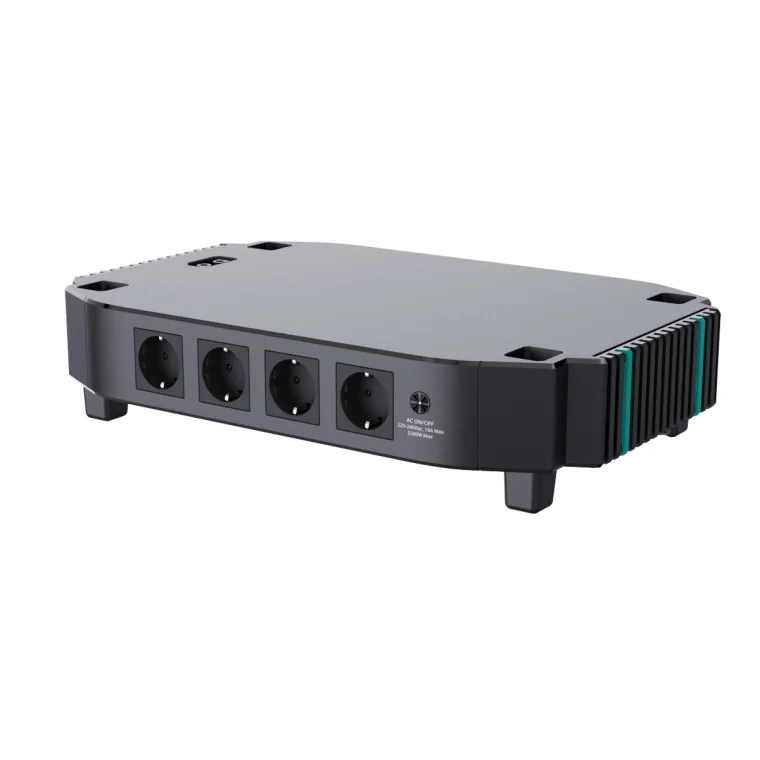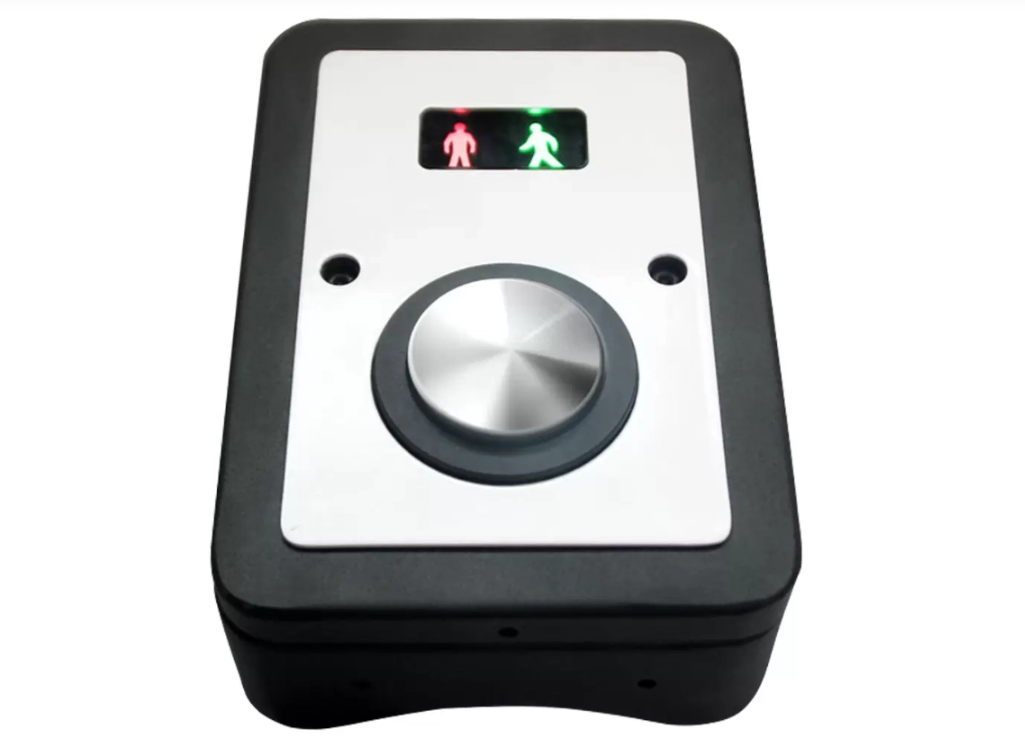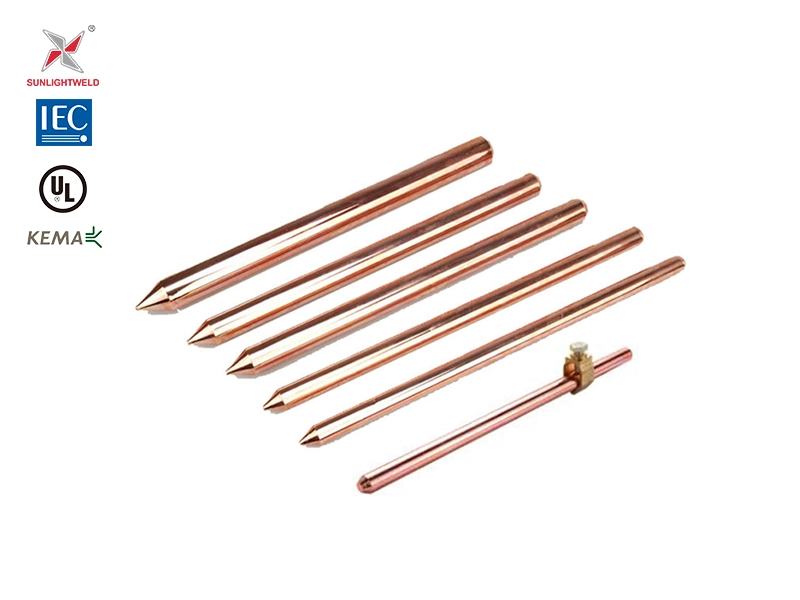When it comes to designing an office space, the choice of wood color can significantly influence both the aesthetic appeal and the psychological atmosphere of the environment. The right wood color not only complements the overall design but also impacts employee productivity, mood, and even client perceptions. In this article, we will explore the best wood colors for offices, considering various factors such as psychological effects, design trends, and practical applications.
Understanding the Psychological Impact of Wood Colors
Before diving into specific wood colors, it’s essential to understand how color psychology plays a role in office design. Colors can evoke emotions and influence behavior, making it crucial to select hues that align with the desired atmosphere of your workspace.
- Warm Tones: Woods with warm undertones, such as cherry or mahogany, create a cozy and inviting environment. These colors can foster a sense of comfort and collaboration, making them ideal for team-oriented spaces.
- Cool Tones: On the other hand, woods like maple or ash, which have cooler undertones, can promote a sense of calm and focus. These colors are often preferred in environments that require concentration and minimal distractions.
- Neutral Tones: Light oak or birch offers a neutral palette that can adapt to various design styles. Neutral wood colors provide a versatile backdrop that can be easily complemented with colorful accents, making them suitable for dynamic office environments.
Popular Wood Colors for Office Spaces
Now that we understand the psychological implications, let’s delve into some of the best wood colors for offices, each with its unique characteristics and benefits.
- Maple
Maple wood is renowned for its light, creamy color and fine grain. It is an excellent choice for modern office designs, as it reflects light well, creating a bright and airy atmosphere. The subtle elegance of maple can enhance the overall aesthetic without overwhelming the space. Additionally, its durability makes it a practical choice for high-traffic areas.
- Walnut
Walnut is a rich, dark wood that exudes sophistication and luxury. Its deep brown tones can create a sense of warmth and stability, making it suitable for executive offices or client-facing spaces. The natural variations in walnut grain add character, ensuring that each piece is unique. However, it’s essential to balance walnut with lighter elements to prevent the space from feeling too heavy.
- Cherry
Cherry wood is known for its warm reddish-brown hue that deepens over time. This wood color can evoke feelings of comfort and familiarity, making it an excellent choice for collaborative workspaces. Cherry’s natural beauty can be highlighted through minimalistic design, allowing the wood to be the focal point of the room.
- Ash
Ash wood features a light, almost white color with a prominent grain pattern. This wood is perfect for contemporary office designs that emphasize cleanliness and simplicity. Ash can help create a fresh and modern look, making it a popular choice for tech companies and startups.
- Birch
Birch wood is another light-colored option that offers a smooth finish and a subtle grain. Its versatility allows it to blend seamlessly with various design styles, from Scandinavian to industrial. Birch is also a sustainable choice, appealing to environmentally conscious businesses.
Practical Considerations When Choosing Wood Colors
While aesthetics and psychology are crucial, practical considerations should also guide your decision-making process.
- Maintenance: Different wood colors and types require varying levels of maintenance. Lighter woods may show dirt and scratches more easily, while darker woods may require more frequent polishing to maintain their luster.
- Lighting: The amount of natural light in your office can affect how wood colors appear. It’s essential to test wood samples in your office environment to see how they interact with the existing lighting.
- Complementary Colors: Consider the overall color scheme of your office. The wood color should harmonize with wall colors, furniture, and decor elements to create a cohesive look.
Conclusion: Making the Right Choice for Your Office
Choosing the best wood color for your office is a multifaceted decision that goes beyond mere aesthetics. By considering the psychological effects of color, the unique characteristics of different wood types, and practical maintenance needs, you can create an office environment that enhances productivity and reflects your brand identity. Whether you opt for the warmth of cherry, the sophistication of walnut, or the modernity of ash, the right wood color can transform your workspace into a haven of creativity and collaboration.





